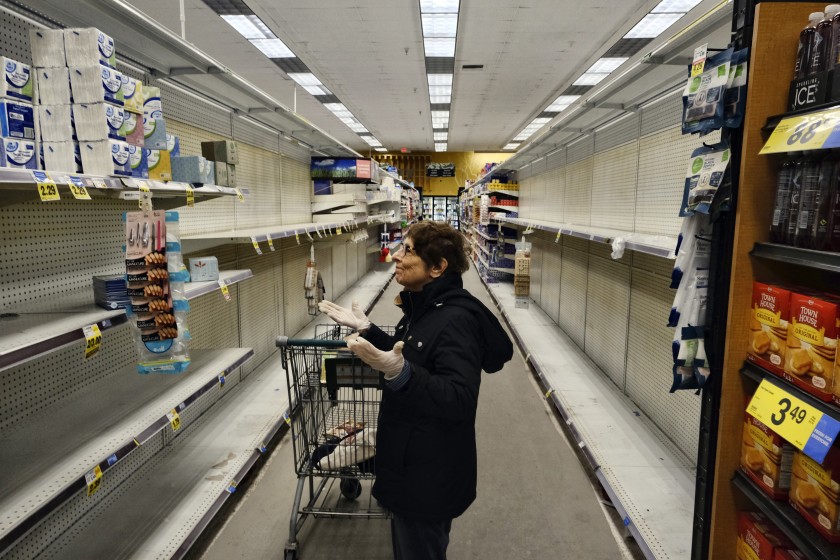President Trump spoke Wednesday to his fellow Americans about the coronavirus and, afterward, Lindsey Graham (R-SC) lucidly compared it to seasonal influenza. In Graham’s words, the flu is like a “car wreck…we have a lot of car wrecks….people die in car wrecks, but it doesn’t get much media coverage. Every time somebody gets infected with the coronavirus, it’s like an airplane crash. That’s just the way the media has treated this.”
Senator Graham was urging Democrats and their media cronies to stop stoking the panic fire. Good luck with that in a global pandemic, bear market, and election year. There is no way the press or the out-party is going to under-react to a novel coronavirus. In fairness, the bug is novel: new to our immune system, often asymptomatic, and yet to be prevented by a vaccine. The coronavirus is an unknown known akin to the shark beneath the waves or spider in the cellar.
The term “panic” is defined as sudden uncontrollable fear or anxiety, often causing wildly unthinking behavior. This is the situation today, because our brains know too little about a real threat. Every year, the seasonal flu hits at least 9 million Americans, causing 140,000 hospitalizations and 12,000 deaths – without panic because it isn’t novel. In contrast, the risk of catching Covid-19 has not been calibrated because of too few test kits, and the impact of warm weather is still unknown.
Until Americans know how many and for how long, wild runs on the local CVS and Publix will happen. This is typical of any big threat’s discovery phase, when bad news predominates. The WHO must announce a global pandemic and CDC must report its spread. The press must report canceled tournaments and politicians must report threat levels. The human brain is hardwired toward anxiety until countervailing good news – or medical breakthroughs – induce calm and invite logic.
This pandemic has created mayhem in the world’s forward-looking financial markets, which are also in the discovery phase. Until the quants understand the economic disruption, hedge funds, money managers, and traders will rely on computers to “limit” their downside risk; thereby creating a bias to sell. Of course, the business press must report the bad news and bearish opinions, further feeding the anxiety of millions, who don’t really know what makes markets rise and fall
Because this is an election year, Democrats are doing what out-parties always do: predict gloom and doom and blame the incumbent. President Trump and Senator Graham might urge bipartisanship, but Democrats know nothing sells in an election year like fear and blame – because 90% of the human brain is always on danger alert. In light of this, partisan spin on top of bad news is a recipe for sure-fire panic. In politics, there is nothing like profiting from anothers’ misery – – smells like victory!
When it comes to this panic, there is no better cure than the tincture of time. The American public will eventually compare Covid-19 death rates in 2020 to pneumonia (49,000) and car wrecks (1.25 million). In May, the CDC will report the effect of warm weather on the coronavirus. By April, the WHO will report if new cases in China’s Wuhan province and South Korea are really declining. The guess here is that panic needs more than hand-washing advice to subside – – like a week of good news!
